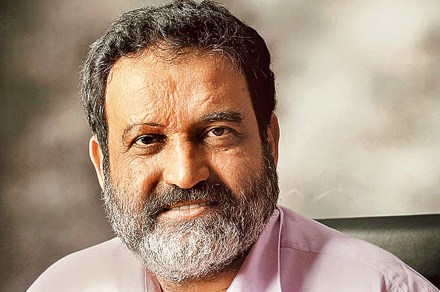Indian Union Budget 2021-22: BUDGET 2021-22 MUST BE ANALYSED IN the backdrop of the worldwide pandemic. There was apprehension about taxes being levied to meet the unexpected Covid-19 costs, as well as austerity measures to reduce the fiscal deficit. Thankfully, neither has materialised. India needed a growth-oriented Budget with increased health and infrastructure spending and reforms, and the Budget meets all these requirements.
The biggest takeaway is that the government is embarking on an expansionary growth policy. It has cleaned up its accounting and pegged fiscal deficit at 9.5% for FY21. Subsidies budgeted for FY21 is Rs 5.95 lakh crore against Rs 2.28 lakh crore in FY20 with food subsidy at Rs 4.2 lakh crore and fertiliser subsidy at Rs 1.3 lakh crore. Entering these items into the Budget has bumped up the fiscal deficit, creating a one-time backlog. This will clear in FY22. The National Small Savings Fund is also brought directly into the Budget; FCI will not borrow from NSSF. Fiscal deficit is expected to reduce to 6.8% with reduced borrowing on absolute terms in FY22.
Also Read | Budget 2021: 6 key budget proposals taxpayers should be aware of
Health: Health spending has increased by 137% this year with Rs 35,000 crore earmarked for Covid-19. This is a welcome change.
Infrastructure: India needs world-class infrastructure, which the Budget is driving with public investment increasing from Rs 4.39 lakh crore to Rs 5.4 lakh crore. The focus on creating innovative sources of funding by selling off assets, by monetising existing assets and introducing a DFI to fund projects is energising.
Local manufacturing: Expanding the PLI scheme to 13 big indu-stries and raising customs duty on many items to stop dumping will incentivise indigenous manufacturing.
Financial sector: The creation of consolidated legislation for securities, permanent bodies for corporate bonds, amendments to the Insurance Act, and focus on stressed assets are welcome. Deposit insurance companies and NBFCs will be reformed to revitalise their contribution to the economy.
Decriminalising the Companies Act and liberalising LLPs and LLCs, and easing up on one-man companies will help these grow faster.
Disinvestment: The government has put serious effort into creating a suitable background for disinvestment in the coming year. While the target of Rs 1.75 lakh crore must be seen against the failure of the earlier target of `2 lakh crore, this year will hopefully see LIC and IDBI, as well as other banks, get privatised.
Tax reforms: The government is taking advantage of scalability via digital platform by setting up tribunals in addition to electronic adjudication of taxes. More reforms to simplify tax structures for the taxpaying middle class would have been a welcome move.
Startups: The startup ecosystem is disappointed by the lip service on extending tax incentives and the unworkable capital gains regime. The government has not done anything to increase the flow of capital into startups.
Though the lack of support for startups is disappointing, accelerated spending on health and infrastructure, indigenous manufacturing, and tax and financial sector reforms are all welcome measures to boost the economy and realign India’s trajectory towards $5 trillion GDP.
(With inputs from Nisha Holla, visiting fellow, Observer Research Foundation )
The author is Chairman, Aarin Capital Partners
